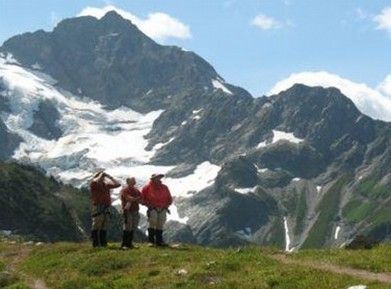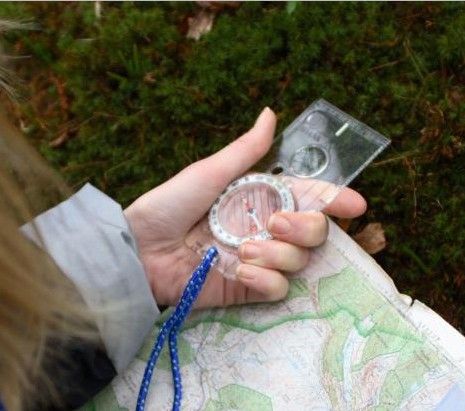This is an updated version of the first article I ever wrote which was circulated on the internet. In fact, this article may have been one of the first articles ever written about global warming and posted on the internet. The year was 1994 and the internet was still in its infancy. I taught a clinic on the dangers of global warming during the fall of 1994 at the Boeing Alpine Club. Some engineers in attendance took my article and posted it on their newly created "Boeing Alpine Club" website.

I actually began teaching a section on the hazards of climate change as part of my Wilderness Skills courses back in the late 1980’s. Unfortunately, even today, few folks realize the harm being inflicted on our environment by climate change and the severe harm that may be inflicted on local communities’ right here in Washington State. But if you spend a few years traveling on or near glaciers as I have done, the rapid rate of change is much easier to see. This article tells about changes in our local glaciers and how those changes will impact all of us.

I actually began teaching a section on the hazards of climate change as part of my Wilderness Skills courses back in the late 1980’s. Unfortunately, even today, few folks realize the harm being inflicted on our environment by climate change and the severe harm that may be inflicted on local communities’ right here in Washington State. But if you spend a few years traveling on or near glaciers as I have done, the rapid rate of change is much easier to see. This article tells about changes in our local glaciers and how those changes will impact all of us.



